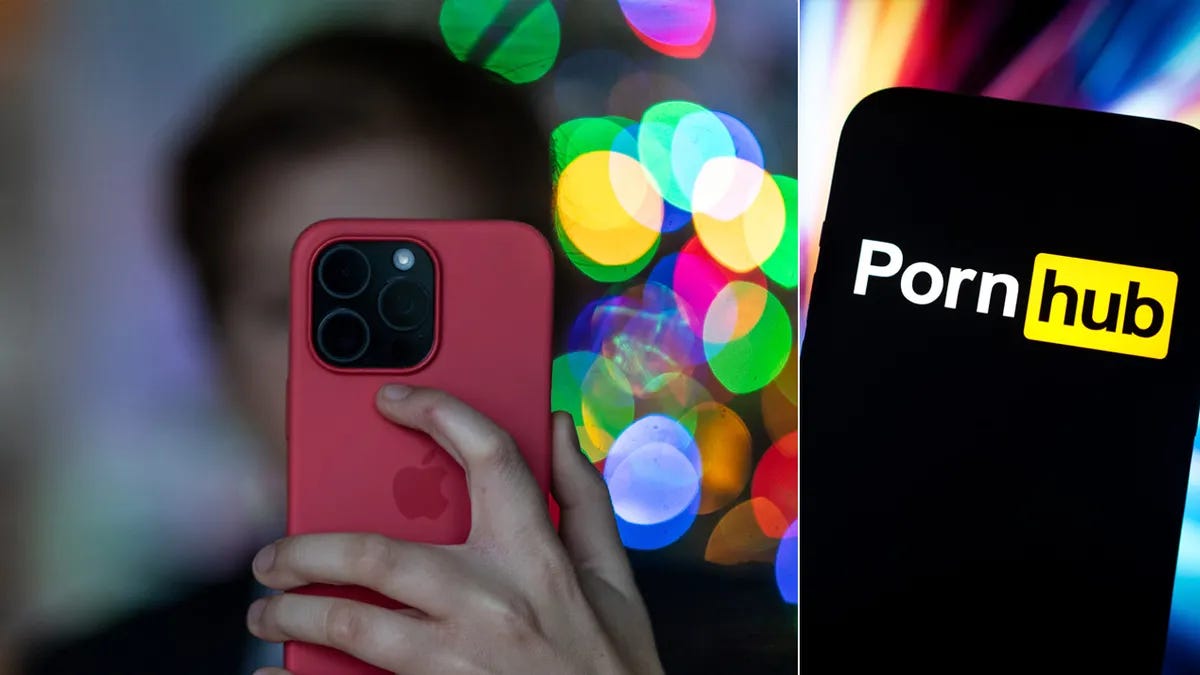Parents Need Help to Protect Kids from Porn
Filters are not an effective solution. The government can help parents by requiring porn sites to age gate their content.
An important case (Free Speech Coalition v. Paxton) is coming before the Supreme Court in oral arguments on January 15 over the constitutionality of Texas’s law, H.B. 1181, that would require pornography websites to age verify their users and then restrict minors from accessing their obscene content. My colleague Brad Littlejohn and I at EPPC recently filed an amicus brief in the case to explain to the Court why filters alone are not enough to empower parents to protect their children from internet pornography and its harms and why parents need government help, the sort of help H.B. 1181 would provide.
Our brief focused on explaining why parental controls and filters are not a “less restrictive means” of achieving the government’s interest in protecting children from pornography — because they aren’t achieving that interest — filters and controls are not remotely effective against the smartphone and social media-era of internet pornography. There are too many devices, each with thousands of apps (many with their own in-app browsers), leading to thousands of portals to the internet for a parent to oversee, plus there are a myriad of bugs, loopholes, and technical challenges in implementing filters and controls, and so tech-savvy kids are running circles around exhausted parents.
We write, “Over the past quarter century, the technological landscape has changed profoundly. In 1997, this Court observed in Reno that accessing pornography required “a series of affirmative steps” that would be difficult for children to navigate. Reno v. ACLU, 521 U.S. 844, 854 (1997). But that is no longer the case. Pornography has become far more pervasive, invasive, violent, and harmful to minors. Moreover, smartphones and social media platforms and apps—none of which existed at the time of Ashcroft—have made it much harder for parents to protect their children through content filters. In short, the challenges parents are facing today are nothing like the challenges their parents were facing when this issue was last before the Court. The Ashcroft Court may have had good cause to believe that content filtering would be enough to protect children’s access to explicit content at the time. But that is certainly not the case today.”
**(It’s important to note that the Free Speech Coalition in this case is really Big Porn. So we will address them as such).**
“For too long, parents have been left to fight a one-sided war against Big Tech and Big Porn on their own. Parents need all the help they can get, including from legislators willing to pursue a multi-layered approach, including parental education, device filter mandates, site-based age verification, and device-based age verification. Texas has done just that while respecting First Amendment protections for speech.”
There is an important justice component we observe in our brief as well. The current status quo of filters means that the children of low-income, single-parent households are the most likely to be left unprotected. This is a justice issue. All children deserve to be protected from exposure to pornography and the government has a critical role to play in ensuring they are.
You can read the entire brief in full here.





